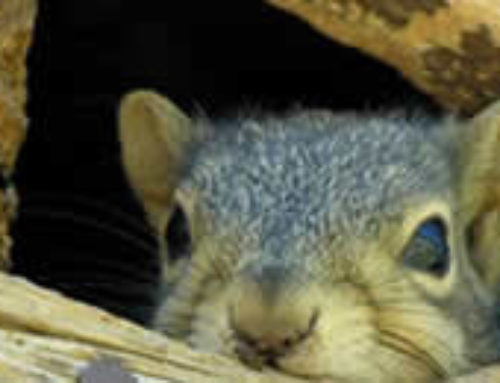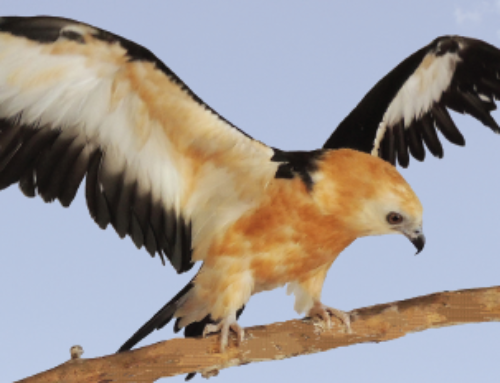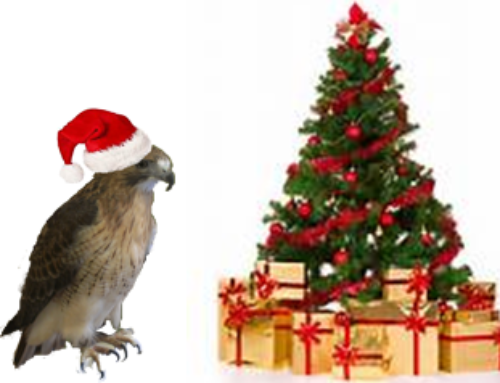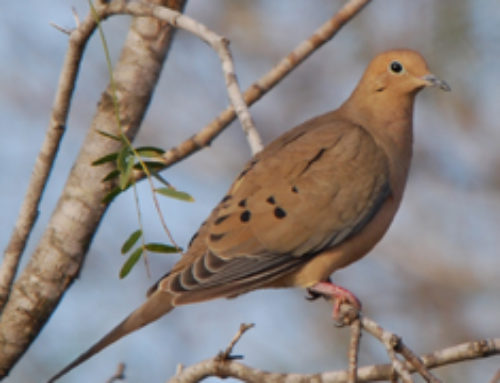 Young mammals may appear lost and alone while they explore or wait for parents to return from foraging for food nearby. This is especially true for deer and rabbits who intentionally do not remain with their baby(ies) during the day. Every year the Wildlife Center receives hundreds of babies that were kidnapped from their parents by well-meaning rescuers. You need to know the behavior of the animal in question and some things to look for to make an informed decision about whether or not the baby(ies) need to be rescued.
Young mammals may appear lost and alone while they explore or wait for parents to return from foraging for food nearby. This is especially true for deer and rabbits who intentionally do not remain with their baby(ies) during the day. Every year the Wildlife Center receives hundreds of babies that were kidnapped from their parents by well-meaning rescuers. You need to know the behavior of the animal in question and some things to look for to make an informed decision about whether or not the baby(ies) need to be rescued.
Each time the mom deer or rabbit returns from foraging, she leaves another scent trail that could potentially lead a predator to the nest. While she is in the nest, her scent is a big neon sign pointing not only to her, but to her baby(ies). So, as the baby gets older and can go longer between nursing, she spends more and more time nearby, but not with her offspring. Deer further confuse predators my moving their fawn(s) from one location to another.
In fact, prey animals often build their burrows and park their babies near human buildings because they know predators like coyote are less likely to approach. They are much less afraid of us and our domestic animals than they are of coyotes, feral dogs, raccoon and raptors. Every golf course has a story of mother deer parking the fawns against the clubhouse during the day.
So what to do when a rabbit’s den is found or a fawn is seen? Usually the babies are just fine where they are, but you should conduct a quick inspection. It is an old wives’ tale that the parent will reject babies that have been touched. First, look to see if the baby is wet, cold, injured, covered with ants, fly eggs, maggots or is very weak. Look for injuries such as a broken leg – symmetry is a wonderful thing; you don’t have to know anatomy to know that one limb is being held dramatically different than the other or the skin is broken. Also look for the presence of ants, fly eggs or maggots. Fly eggs look like clumps of small yellow rice grains. The whole body should be checked for fly eggs since they will be laid on any broken skin or body opening (eyes, ear, nose or urinary/genital area).
Hypothermia (becoming too cold) is life threatening, quick action should be taken to warm the animal. Almost all wildlife, with the notable exception of the opossum, have internal temperatures that are higher than ours and because of their small body mass chill easily. The younger the animal the more important it is to keep the animal warm.
With respect to the rabbits, place a large box with a big door cut into the side over the den to prevent accidental injury of the babies by lawn equipment. If you are concerned about your dog getting into the burrow then make sure that the entrance hole is large enough for the mother, but too small for your dog. Place something heavy on the box to prevent the dog from tipping it over.
With respect to fawn, it is really really hard to sit back and wait for mom to return. Sometimes she won’t return until dusk. If the fawn was found in the morning, it is nerve wracking to wait all day for mom. But if the fawn is dry, free of ants and fly eggs, has no broken skin or bones, eyes look aware and is strong enough to raise its head, the best course of action is to wait until dark for mom. If mom hasn’t returned by dark, the fawn(s) needs to be placed in a dog airline kennel or cardboard box that is big enough for it to stand up (maybe even tall enough for it to raise its head) and turn around. Twins and triplets should be kept together as they comfort each other. Do not place the fawn in a wire dog kennel or wire fenced yard as they can easily entangle a delicate leg and break it.
DO NOT FEED OR WATER THE ANIMAL! Great harm can come to an animal that is fed the wrong food, at the wrong time or in the wrong way.
The Wildlife Center of Texas stands ready willing and able to care for any native Texas wild animal that is sick, injured or orphaned. Once it has been determined that an animal needs care, please get it to the Wildlife Center as soon as possible. If you have questions, call the Wildlife Center at 713-861-9453 for advice.






Leave A Comment